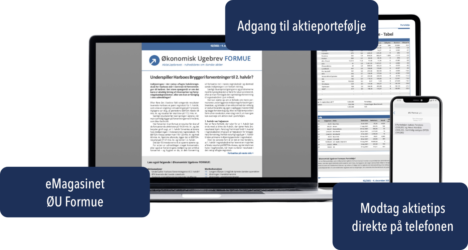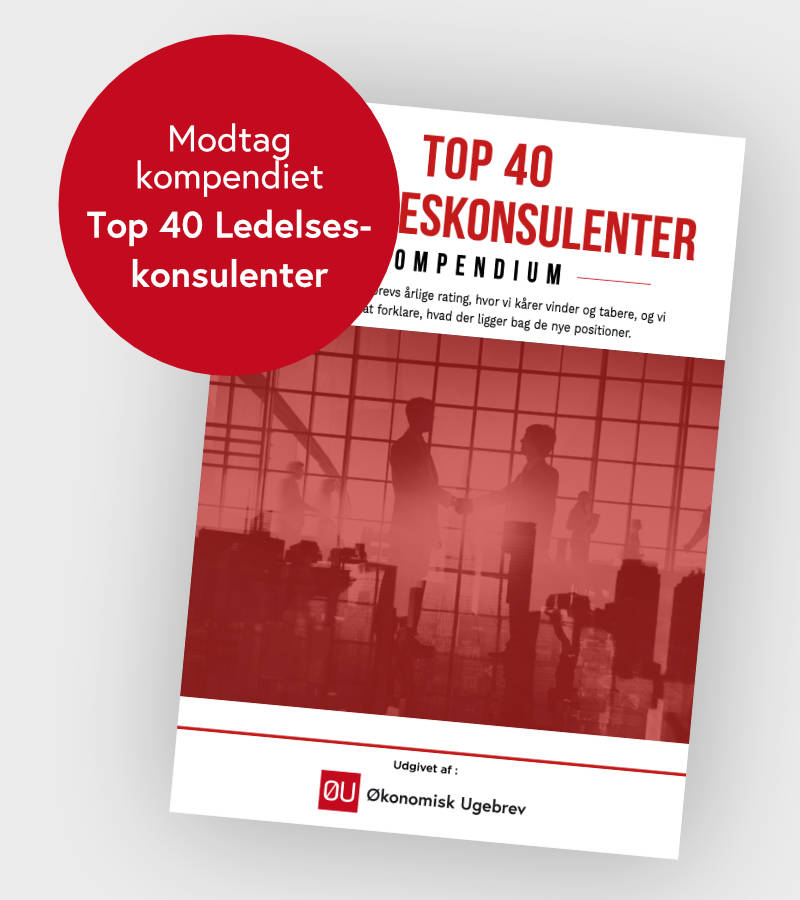Sådan holder bestyrelsen godt øje med ESG risici: Organisationen Ceres har udarbejdet en omfattende guide for bestyrelser til, hvordan de kan arbejde med og overvåge ESG relaterede risici. I rapporten, der kan downloades i fuld længde her , hedder det, at ”in this report, Ceres provides guidance to corporate boards on how they can effectively oversee risks posed by ESG issues, including questions for directors to ask management throughout the risk identification, prioritization and mitigation processes. We also offer concrete recommendations for boards looking to improve their companies’ resilience in the face of ESG risks. ESG Issues Have Financial Impacts: Climate change: A 2019 analysis of 500 of the largest global companies estimated that potential financial implications from climate change-related impacts found just under a trillion dollars at risk- and half of these risks were anticipated to materialize in the next five years. Water scarcity: By 2050, in order to meet the needs of a growing world population of $9.7 billion, water demands are expected to increase by 55%, straining water-intensive industries such as food and beverage and energy, posing geographic and supply chain risks, increasing commodity price volatility and decreasing supply reliability. The World Bank identified that water scarcity could cost some regions up to 6% of GDP.” Conference Boards årlige analyse af topcheflønninger i amerikanske selskaber viser, at lønpakkerne nu drejer markant over mod aktieaflønning baseret på udvikling i en peer group, hvilket også give bedre gevinstmuligheder i generelt svage aktiemarkeder: I analysen oplyses det, at udviklingen kan hænge sammen med mere fokus på pay-per-performance, langsigtet investorfokus og det forhold, at det generelle aktiemarked de kommende år ikke ses stige særligt meget. Altså: det bliver lettere for CEO’en at få en del af kagen, hvis han gør det lidt bedre end sine konkurrenter, og man vil heller ikke være afhængig af, om det generelle aktiemarked falder: ”Just as the demand for “pay-for-performance” has led to an increase in the percentage of CEO compensation delivered via stock awards, so investors may encourage companies to extend the vesting and performance-measurement periods of such awards. In the S&P 500, the portion of CEO pay represented by stock awards (including restricted stock and performance-based shares) exceeded 50 percent for the first time in 2018, while stock options, perks and change in pension value have been on a clear declining path. For CEOs in the Russell 3000, stock awards now represent almost two-fifths of total pay. This trend may be contained in the future by softening stock market results, but it will continue to be supported by investors’ demand for pay-for-performance alignment and the scrutiny over excessive pay. The documented shift to stock-based awards that vest over time is meant, among other things, to promote long-termism).”
Kortlægning af selskabers praksis med “Skygge governance”: I et forskningspapir med titlen “ Shadow Governance ”, hedder det, at “Corporations have something to say about some of the most important social and economic issues of our time–and one way they say it is through shadow governance. This Article spotlights a group of influential corporate policies that it calls ”shadow governance.” These non-charter, non-bylaw governance documents express a corporation’s commitment in and process on issues as wide-ranging as campaign finance, environmental sustainability, and sexual harassment, but are largely overlooked by scholars and practitioners alike. This Article fills the gap: it reveals how shadow governance documents influence corporate decision-making and corporate behavior. This Article makes two contributions to the literature. First, it uses original interviews with directors and general counsels to show how shadow governance documents influence corporate decision-making. Among other things, these documents set the board’s annual agenda, define the meters and bounds of boards’ and committees’ responsibilities, and memorialize the corporation’s values. These are all exceptionally important corporate functions that are relegated to shadow governance documents, where shareholders and other corporate outsiders have little ability to influence change. Second, this Article presents a descriptive account of the scope of shadow governance in the modern U.S. corporation. It analyzes a hand-collected dataset of shadow governance documents from companies listed in the Standard and Poor’s 1500 to show the array of and variation in shadow governance documents.”
Intro-pris i 3 måneder
Få unik indsigt i de vigtigste erhvervsbegivenheder og dybdegående analyser, så du som investor, rådgiver og topleder kan handle proaktivt og kapitalisere på ændringer.
- Fuld adgang til ugebrev.dk
- Nyhedsmails med daglige opdateringer
- Ingen binding
199 kr./måned
Normalpris 349 kr./måned
199 kr./md. de første tre måneder,
herefter 349 kr./md.
Allerede abonnent? Log ind her







